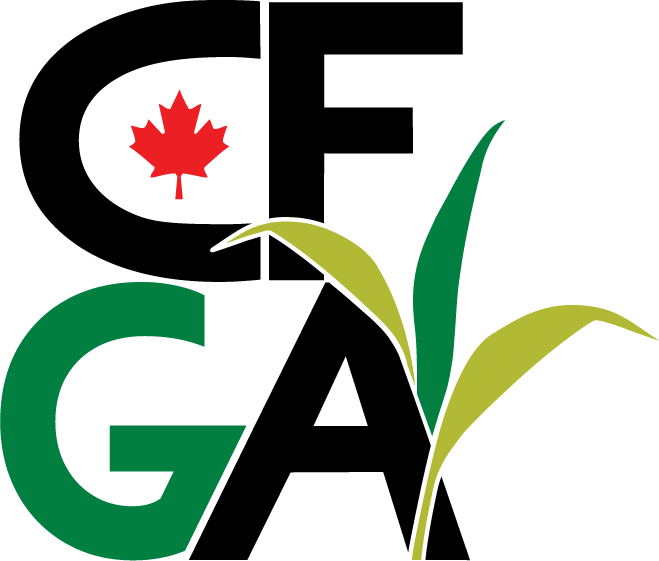During the session, Extending the Grazing Season Using Annual Forages - Elora beef research center, Kim Schneider from University of Guelph discussed annual forages as a component of a perennial pasture system to extend the grazing season and supplement production during specific times of the year. She also presented preliminary data from research conducted at the Elora Research Station (University of Guelph).
Grass growth consistently follows a growth curve. In spring there is a peak in the rate of production then there is a summer slump and a smaller fall peak. Can we supplement this by using C4 annual species (Warm-season grasses), or extend in fall to help increase days on pasture and decrease overall cost of production? Can we provide emergency feed and supplement in the cool season to extend the winter and early spring grazing?
The objective is to quantify the agronomic and economic impacts of integrating annual forages as a component of perennial pasture rotational grazing.
Kim discussed a method using six eight acre fields divided into one acre paddocks with three replicates per paddock in a two year rotation system. They use warm season annuals for summer grazing with four treatments, including sorghum, millet, grazing corn and an eight-species divers mix, set up for two to three grazings. Cold season cereals are used for winter grazing and in fall they use annual cover crop forages. Throughout this process they measure yield, composition, quality and utilization.
There were a variety of yield successes for treatments. The diverse mix was best against weed pressure during first grazing. By the second grazing, millet and Sorghum evened out with the diverse mix.
The total yield of all mixes were not statistically different except for grazing corn which was much lower.
In the secondary trial they asked the question: do cows prefer C4 annual forages or typical C3. C3 plants are adapted to cool season establishment and growth in either wet or dry environments. C4 plants are more adapted to warm or hot seasonal conditions under moist or dry environments. They found that yield with a C4 base mix was on average almost double that without a base mix. Also, they found there were less weeds when base mix was present. By mid august, mono-cultures were yielding the best relative to the base mix, but the total yield for the year was better with basemix.
Take away points:
- Warm season summer annuals have potential to help during the summer slump, but need more economic analysis
- Cattle Preferred C4s over Teff grass, for palatability
- Grazing corn needs a different establishment method, herbicide or interseeding
- Pearl millet, japanese millet, sudangrass, grazing sorghum and sorghum sudan grass showed promising results
- Warm season summer annuals are all eaten readily with the exception of teff grass
- Planting with a base mixture may decrease weeds in the first round of grazing but potentially decrease yields during the second round
- Adjusting the seeding rate (higher ratio of C4:C3 species) might help control weeds and allow C4’s to thrive
Conference 2023
The CFGA is excited to announce that its 14th annual conference will take place Nov. 28 to Dec. 1 in person in Harrison Hot Springs, BC. This year’s conference theme is Forage Resilience in a Changing Landscape: Manage risk. Overcome challenges. Discover opportunities and we look forward to delivering the interesting and informative sessions the CFGA conference is known for. Please save the date to join us as we learn about issues facing the forage sector and how they overcome these challenges, as well as take a look ahead to opportunities. Watch the CFGA conference website for more information.
Back to Grace



Leave a Comment